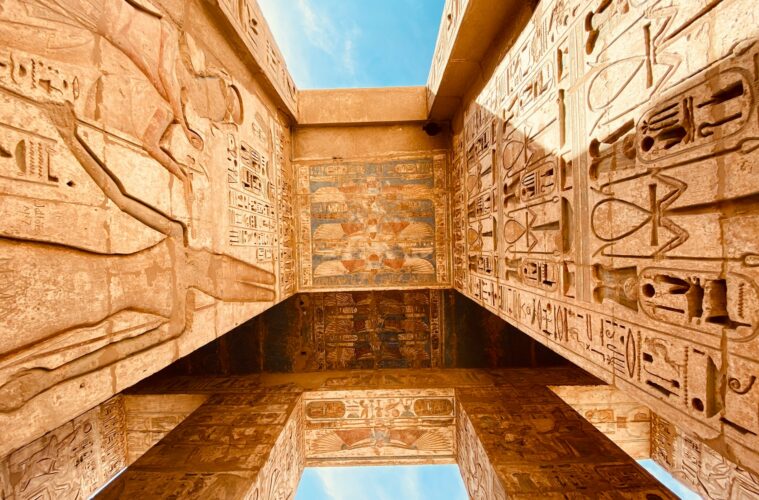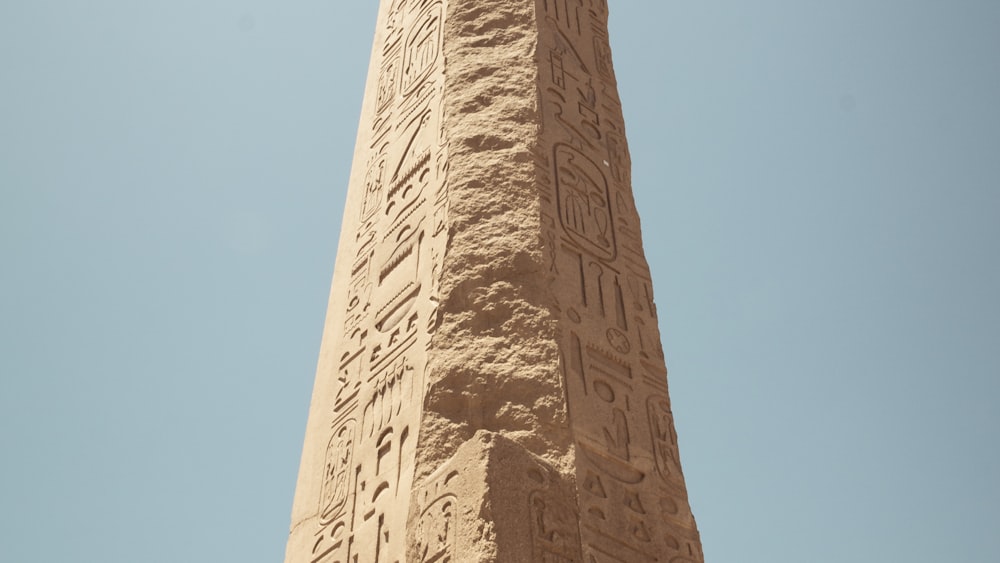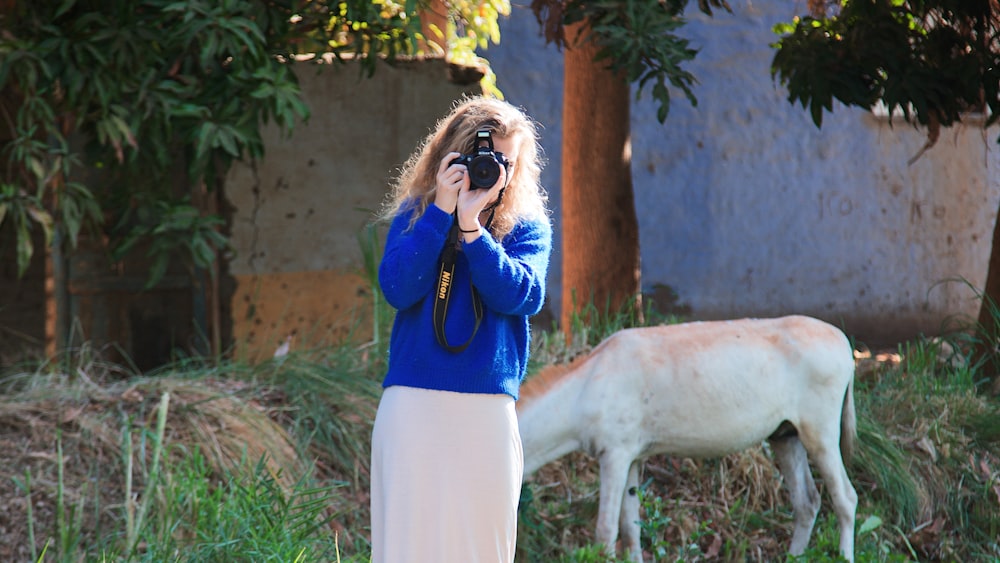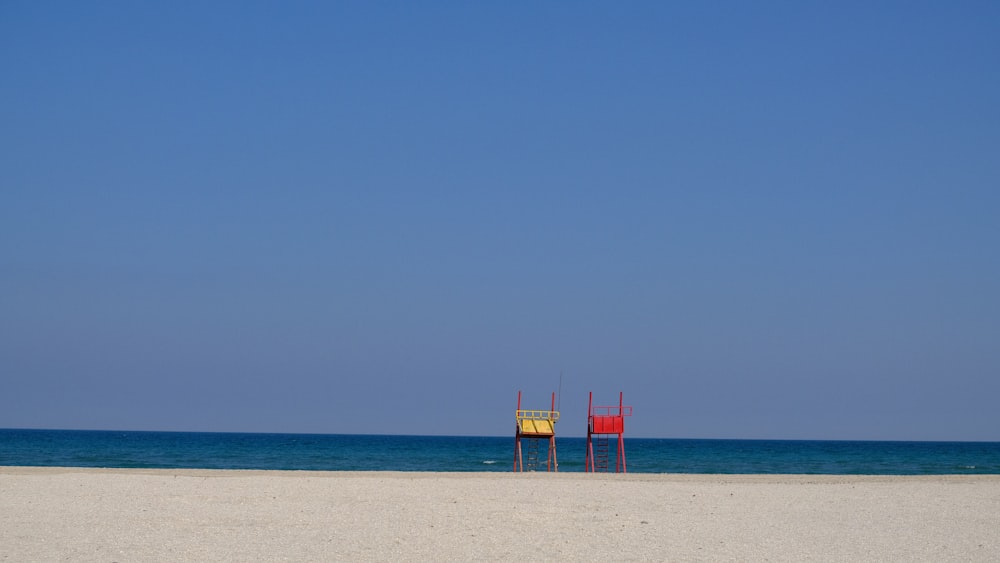Egypt, a country that intertwines the magnificence of the past with the vibrancy of the present, is a destination that offers more than just a trip; it provides an experience. With its rich history, towering monuments, and breathtaking landscapes, deciding what to visit in Egypt can be a daunting task, but fear not, for we are here to guide you through the ultimate 15-stop journey that encapsulates the heart and soul of this fascinating country.
From the iconic Pyramids of Giza to the serene waters of the Nile in Aswan, each stop is a doorway to an era long gone, inviting you to witness the stories and mythologies that have shaped the world. This guide aims to be your companion as you explore the mystique of Egypt, ensuring your trip is filled with awe-inspiring moments and unforgettable experiences.
Exploring Egypt: A Journey Through Time and Myth
Embarking on a journey through Egypt is akin to flipping through the pages of a history book where the narratives are engraved in stone and sand. Each monument whispers tales of gods, pharaohs, and ordinary people whose lives are intertwined with the country’s epic saga.
1. Pyramids of Giza
The Pyramids of Giza stand as the last remaining wonder of the ancient world, captivating visitors with their sheer magnitude and the mystique surrounding their construction. Contemplating these architectural masterpieces, one cannot help but feel a deep connection to the past, as if the centuries-old stones themselves are narrating tales of ancient Egypt.
Their construction, a marvel of human engineering and determination, continues to baffle historians and scientists alike, making the Pyramids a must-visit for anyone seeking to delve into the secrets of the ancient world. Here, the great pharaohs of Egypt envisioned their journey to the afterlife, creating a legacy that has mesmerised the world for millennia.
2. Valley of the Kings
The Valley of the Kings is Egypt’s majestic necropolis, where tombs were carved into desert rock, safeguarding the mummies and treasures of pharaohs, including the famous Tutankhamun. This burial ground serves as a portal to the past, revealing intricate details about the beliefs, cultures, and daily lives of ancient Egyptians.
3. Islamic Cairo
Walking through Islamic Cairo is like meandering through a living museum, with each corner revealing layers upon layers of history. The area is dotted with stunning mosques, madrasas, and monuments, each telling a story of the Islamic civilisation that has flourished in Egypt for centuries.
Not to be missed, the vibrant Khan El-Khalili bazaar, offers a glimpse into the traditional Egyptian lifestyle, inviting one to haggle over souvenirs amidst the aroma of spices and the cadences of daily life. Islamic Cairo, with its rich tapestry of history, stands as a testament to the enduring spirit of the Egyptian people.
4. Citadel of Saladin
The Citadel of Saladin, standing tall against the Cairo skyline, is a fortress that has witnessed the unfolding of Egypt’s history. Built by Salah al-Din in the 12th century, this medieval Islamic fortification offers breathtaking views of the city and serves as a chronicle of the architectural and military ingenuities of the time.
Within its imposing walls, the Citadel houses several important mosques and museums, each adding a layer to the rich fabric of Cairo’s history. It is a place where one can immerse in the past, feeling the echoes of battles fought and the stories of faith and resilience.
5. Aswan and the Nile
Aswan, with its tranquil beauty and slower pace of life, offers a respite from the bustling energy of more touristic sites in Egypt. It is here that the Nile River truly comes to life, winding through orange dunes and granite rocks, painting a picture of serene beauty unmatched anywhere in the world.
Taking a traditional felucca ride on the Nile in Aswan is a must-do, allowing one to experience the rhythms of the river that has been the lifeline of Egypt for millennia. Sunsets in Aswan, with the Nile reflecting the changing colors of the sky, are moments that capture the timeless spirit of Egypt.
6. Abu Simbel Temples
The temples of Abu Simbel, carved out of solid rock, stand as a majestic tribute to Pharaoh Ramesses II and his queen, Nefertari. Located in Southern Egypt, near the Sudanese border, these colossal monuments were famously relocated in the 1960s to save them from the rising waters of the Nile due to the construction of the Aswan High Dam.
The engineering feat involved in moving the temples is as astonishing as their original construction, symbolising humanity’s resolve to preserve its cultural heritage. Twice a year, the sun aligns to illuminate the inner sanctum of the temple, a celestial alignment that draws spectators from around the world, highlighting the astronomical precision of ancient Egyptian architects.
7. Egyptian Museum in Cairo
Home to one of the world’s most important collections of ancient artefacts, the Egyptian Museum in Cairo is nothing short of a treasure trove for history buffs. The museum houses an astonishing array of Egyptian antiquities, with more than 120,000 items on display, offering visitors a glimpse into the country’s rich and vibrant past. The highlight for many is the collection of artefacts from the tomb of Tutankhamun, including his iconic gold funerary mask. The museum serves as a bridge between Egypt’s storied past and present, holding the keys to understanding the sophistication and complexity of ancient Egyptian civilisation. Here, one can truly appreciate the advancements in art, culture, and science that ancient Egyptians contributed to the world.
8. White Desert National Park
Imagine stepping onto a different planet, where chalk-white landscapes spread as far as the eye can see, and natural rock formations stand as monuments to the creative power of nature. That’s the White Desert National Park, a destination that feels more like a dream than a place on Earth. Located about 6 hours from Cairo, it’s an essential stop for anyone looking to experience Egypt’s natural beauty. By day, you’re treated to surreal landscapes that glow under the sun, while at night, the stars light up a pristine sky, making it an unforgettable camping experience. It’s a testament to the diversity of Egypt’s landscapes, offering a stark contrast to the fertile Nile Valley and the bustling streets of Cairo.
9. Alexandria’s Historical Sites
Alexandria, once the beacon of knowledge and culture in the ancient world, today stands as a testament to its glorious past. Wandering through its streets, one can’t help but feel the whispers of history echoing from every corner. From the sprawling citadel of Qaitbay – built on the site of the ancient Lighthouse of Alexandria – to the serene Montazah Palace Gardens, the city offers a rich tapestry of historical sites. Alexandria invites curious minds to dive deep into its rich, multicultural past, bridging the Hellenistic world with the mysteries of ancient Egypt.
10. Karnak Temple Complex
Spanning over 200 acres, the Karnak Temple Complex is not just a site to visit; it’s an ancient wonder to experience. Located in modern-day Luxor, it was the most significant place of worship in ancient Egypt, dedicated to the Theban triad of Amun, Mut, and Khonsu. With its vast array of decayed temples, chapels, pylons, and other buildings, Karnak stands as a monument to the achievements of the builders of ancient Egypt. The complexity and grandeur of its construction are a reflection of the civilisation’s sophistication, making it a must-visit for those looking to explore Egypt’s ancient marvels.
11. Luxor Temple
Situated on the east bank of the Nile, Luxor Temple stands as a beacon of ancient majesty and allure. It is unique because it was active continuously as a place of worship from its inception, first to the ancient Egyptian gods and later to Christian and Islamic deities. At night, the temple transforms, bathed in artificial light that accentuates its imposing columns and majestic statues, making it an almost ethereal sight. Luxor Temple is not just an archaeological treasure but a bridge that connects the past and present, inviting travellers to walk along the same paths that pharaohs and commoners did thousands of years ago.
12. Red Sea Resorts
Nestled along the seashores of the Red Sea, Egypt’s Red Sea resorts offer a perfect blend of relaxation and adventure. Known for their luxurious accommodations, these resorts provide a gateway to some of the world’s best diving sites, with vibrant coral reefs and a rich marine life. Water sports enthusiasts can enjoy a variety of activities such as snorkeling, windsurfing, and kite surfing. The resorts are also a base for day trips to historical sites throughout the country, offering a blend of recreation and culture that is hard to find elsewhere. It’s a place where one can unwind by the pristine beaches during the day and explore Egypt’s rich cultural heritage by night.
13. Siwa Oasis
Hidden away in Egypt’s Western Desert, Siwa Oasis is a sanctuary of natural beauty and serenity. This tranquil oasis is home to berber-speaking communities, lush palm groves, and clear springs, making it a perfect retreat for those looking to escape the hustle and bustle of the more frequented tourist spots. Siwa offers visitors a unique glimpse into the lives of Egypt’s indigenous cultures, with its ancient mud-brick fortresses and traditional Siwan customs. Whether you’re taking a dip in Cleopatra’s Bath or gazing at the stars from the middle of the desert, Siwa Oasis promises an unforgettable experience that is both enriching and revitalising.
14. Philae Temple
Dedicated to the goddess Isis, Philae Temple is a jewel of ancient Egyptian architecture on the island of Agilkia near Aswan. This temple complex, part of the UNESCO Nubia Campaign project, was relocated to save it from flooding following the construction of the Aswan High Dam. Visiting Philae Temple is like stepping into a time capsule, where every stone tells a story of devotion, beauty, and the persistence of culture despite the challenges posed by nature and time. Its nighttime sound and light show narrates these tales in a spectacular display of color and music, making Philae Temple a must-visit for those journeying through Aswan.
15. Egyptian Mythology and Its Influence on Monuments
Egyptian mythology has seeped into the very stones of Egypt’s monumental landmarks, telling tales of gods, goddesses, and mythical creatures that shaped the ancient world. Each monument we see today stands as a testament to these beliefs, intricately woven with the fabric of mythical stories and divine powers. The temples and tombs were not just places of worship or burial but were deeply symbolic, acting as bridges between the mortal realm and the divine.
For example, the great Pyramids of Giza were not just royal tombs but were designed to ensure the pharaoh’s ascent to the afterlife, aligning with their belief in the eternal journey post-death. Similarly, the Temple of Karnak is a sprawling complex that was directly linked to the god Amun-Re, showcasing the omnipotence of the gods in everyday life. Here is a list to give you a glimpse into how mythology shaped some iconic monuments:
- Pyramids of Giza: Representation of the pharaoh’s journey to the afterlife.
- Karnak Temple: Dedicated to the Theban triad, primarily the god Amun-Re.
- Luxor Temple: Symbolises the rejuvenation of kingship, might have been the site of royal coronations.
- Temple of Abu Simbel: Reflects the divine status of Pharaoh Ramses II, aligning him with gods.
- Philae Temple: Associated with the goddess Isis, showcasing the tale of her husband Osiris’s resurrection. For a deeper dive into the mythical powers that these monuments were believed to harness, explore the powers of Wepwawet.
FAQs
1. What is the best time to visit Egypt?
The best time to visit Egypt falls between October and April when the weather is pleasantly cooler, making the exploration of pyramids, temples, and other outdoor archaeological sites more comfortable. This period avoids the scorching summer temperatures, enhancing the overall trip experience.
2. Do I need a visa to enter Egypt?
Most travelers will need a visa to enter Egypt. However, the requirements may vary depending on your country of origin. It’s best to check the latest visa policies and see if you can apply for an e-visa ahead of your trip.
3. Can I use credit cards widely in Egypt?
Yes, credit cards are widely accepted in Egypt’s major cities and tourist destinations. However, having some cash on hand is advisable for smaller purchases, especially in more remote areas or local markets.
4. Is it safe to travel to Egypt now?
Travelling to Egypt is considered safe, especially in tourist areas and major cities. Like any destination, it’s essential to stay informed about your surroundings, respect local customs, and follow any travel advisories from your country’s government for a smooth trip.
Conclusion
As we wrap up this guide, we hope we’ve lit the path on what to visit in Egypt, painting a vivid tapestry of history, culture, and timeless wonders. Egypt isn’t just a place on the map; it’s a journey through time itself, from the whispering sands of the desert to the calm banks of the Nile. Each monument, every grain of sand, tells a story of civilisations past and the indomitable spirit of human creativity and pious devotion.
So, when you pack your bags for Egypt, remember you’re not just planning a trip; you’re setting the stage for an experience that will engrave itself in your memory. Whether it’s the majestic pyramids, the serene Nile, or the bustling markets of Cairo, Egypt promises a world of discovery. May your travels be safe, your adventures rich, and your spirits high as you embark on this remarkable journey. Farewell, and may the winds of Egypt whisper ancient secrets on your way.






